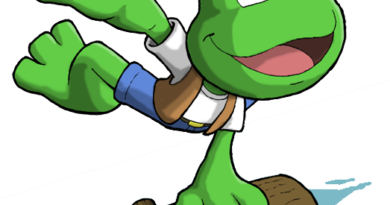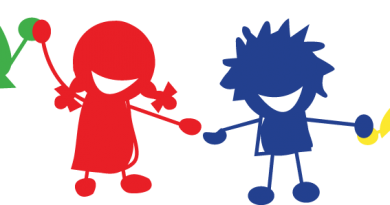NATURE CARE: DOCUMENTARY FORMAT IN ESL.
The incorporation of nature education into the curriculum (Crown Decree 126/14 art. 10 concerning transversal elements) responds to the increasing social awareness on environmental issues; and indeed, teaching young children about nature can ignite a life-long love for our planet. Therefore, teaching them to observe and care for their surroundings is a practical way to instil respect and positive values towards nature.
Unfortunately, some of the lexis we cannot miss includes terms like in climate change, global warming; and also some concepts such as the inclusion of plastic in the trophic chain and its dramatic consequences or the devastating effects of extreme weather phenomena. Nevertheless, this harsh reality can be dealt with by using “eco-friendly” children´s documentaries, like the one by Turtlediary.
The basic scientific notions required to engage children in their own “investigations” is a logical starting point, that through the English are can be approached by using adapted documentaries, where children find the necessary information to accomplish their tasks. In this sense, more than a contextualizing element for a formative unit, this kind of YouTube material has more to do with “pre-product tasks” to present lexis, linguistic structures, but also negative evidences of human actions in nature.
In guise of an example, we may imagine a project called “Save the Planet” using the story “Jungle Book” as an appealing framework. The set of practical proposals should end up by being the students able to carry out an oral presentation of a digital work called “Save Mowgli´s forest”, in which they describe Mowgli and his friends´ actions and give positive ideas to take care of the environment, such as recycling, reducing electrical and water consumption and reusing materials. From a methodological perspective, the activities should be graded, from presentation and guided exercises to more communicative practice; being students active participant who become familiar with the story as a context to practise descriptions and elements in natural environments.
In the end, the final “wrapper” (contextualization) for the project may vary depending on our students´ age and the communicative functions we want to cover. A prime example may be digital presentation” in which they search for information using the characters in the story (i.e. photos and pictures, positive environmental attitudes, matching the text actions with the corresponding picture, etc). With this material, they complete a “digital poster”. This document for the final presentation can be saved in a file using the IWB software (promethean) with the help of the teacher, who shall be monitoring the process.
In a subsequent activity, children create a digital comic in a dynamic way. In groups, students devise a different story (i.e. Mowgli and his friends have decided to place recycling rubbish bins in the forest). This can be done using some easy-to-use software like “Comic Life”, through which learners can create their own comic in groups using a laptop for each group. They are presented with a blank cartooned screen, for each cartoon they open the pictures file and select and image; next they can open the scripts file and select a dialogue out of three, complete a gapped version of a sentence or invent their own one. Once it is revised, they can tell their particular version to the rest of the class and the final result can be uploaded to the classroom blog. As we can see, linguistic, digital, social and citizen and learning to learn competences are involved in this activity. In the final part of this activity, each group dramatizes their comic in a “reading performance” and end up answering simple guided questions from their classmates.
To wind up, it is worth noting the prominent role of teachers to challenge their imagination and come up with attractive and hooking learning scenarios. In this fascinating and creative task, keeping abreast with new technologies seems indispensable to take on the role of designer of English teaching resources and materials.
Video by Turtlediary.




